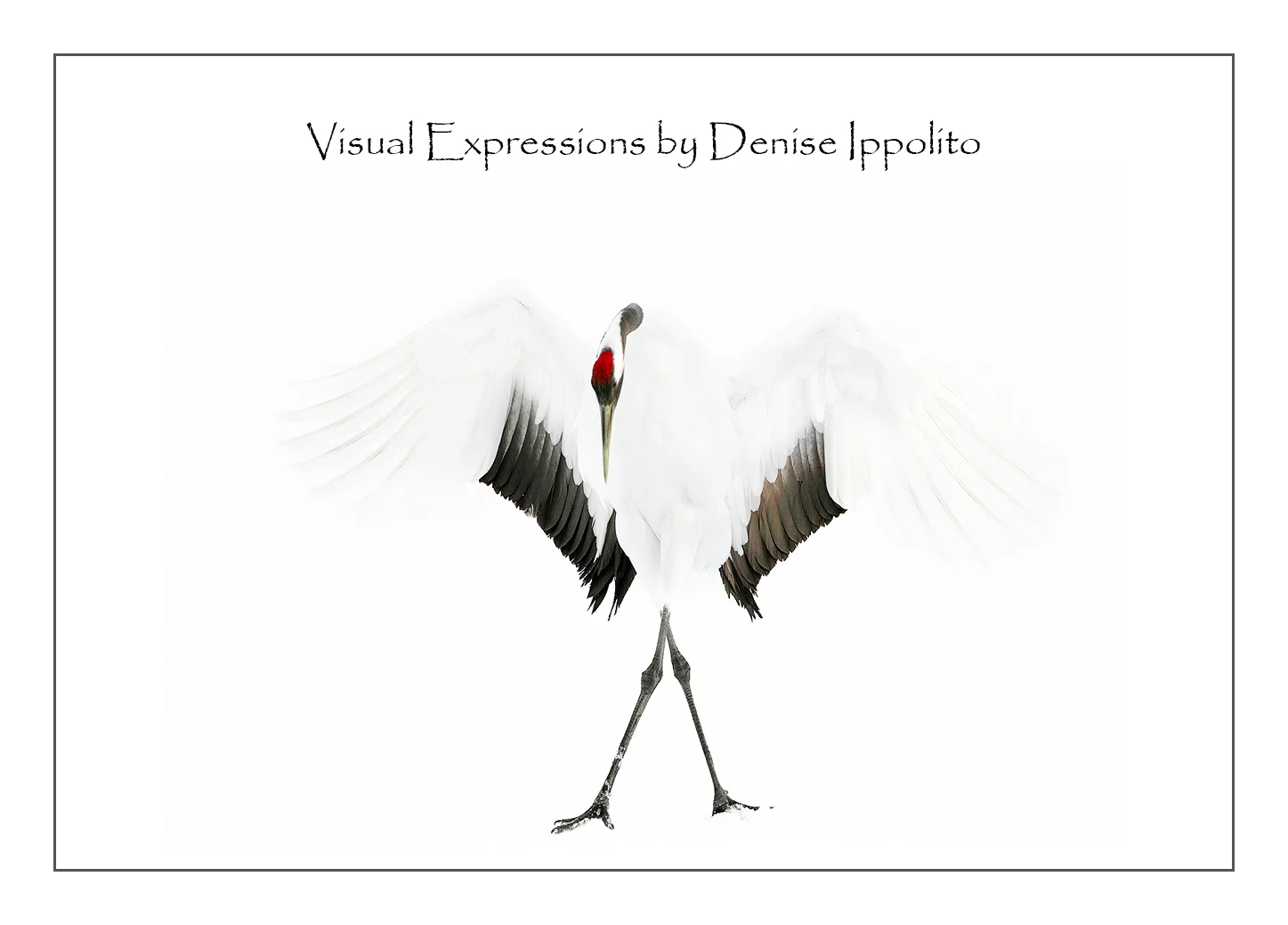This week in New Jersey, the weather has been exceptionally beautiful. Temperatures have been in the high 50’s and 60’s with little to no wind. Talk about gorgeous weather! The weeks before were constant rain—everyday…ugh.
The sun on my back during my walk yesterday, reminded me of the warm Namib desert. Since Covid issues with travel, I have missed my adventures and favorite places. The Namib Desert is one of them. Below are a few images from my Namibia tours that capture that feeling of warmth. I hope that things get back on track soon, as I am having serious withdrawals.
View of Sossusvlei from the air,


































